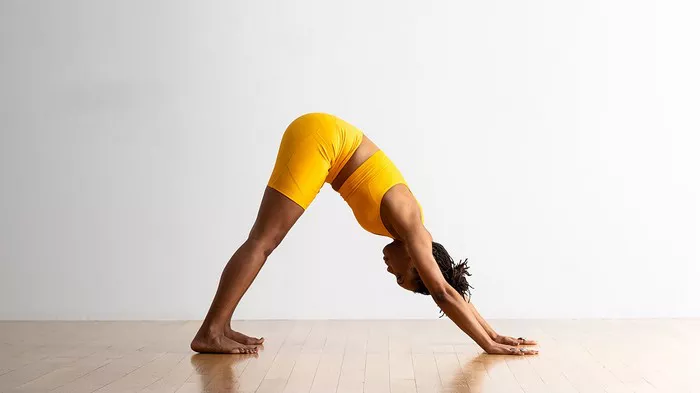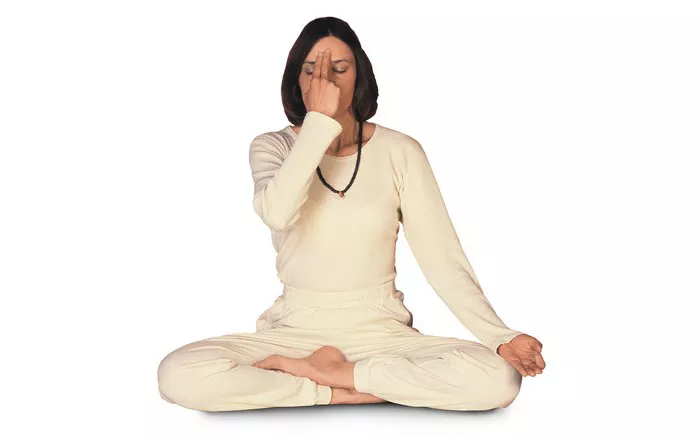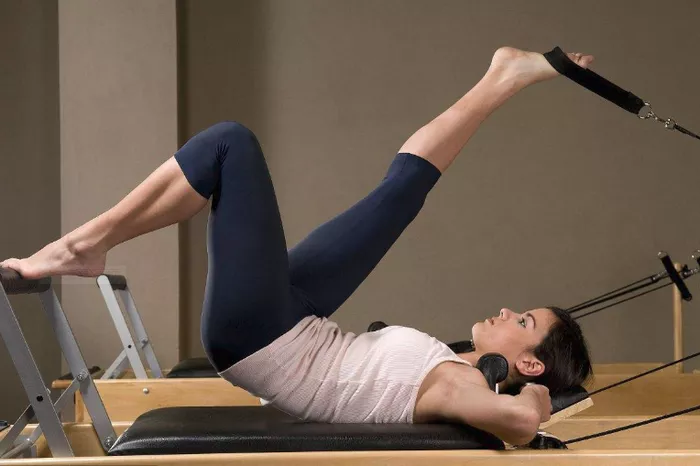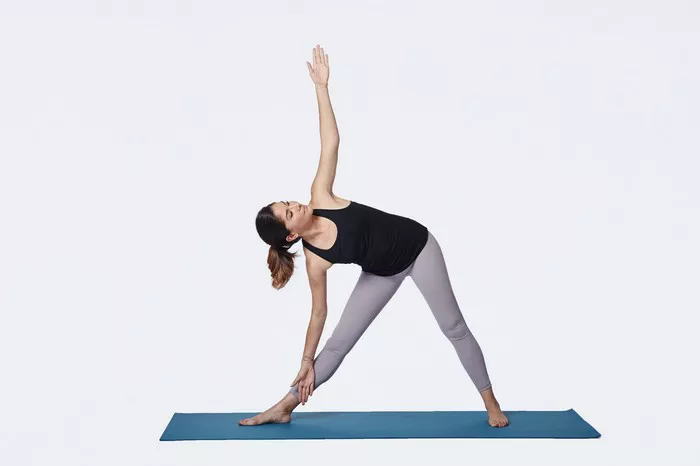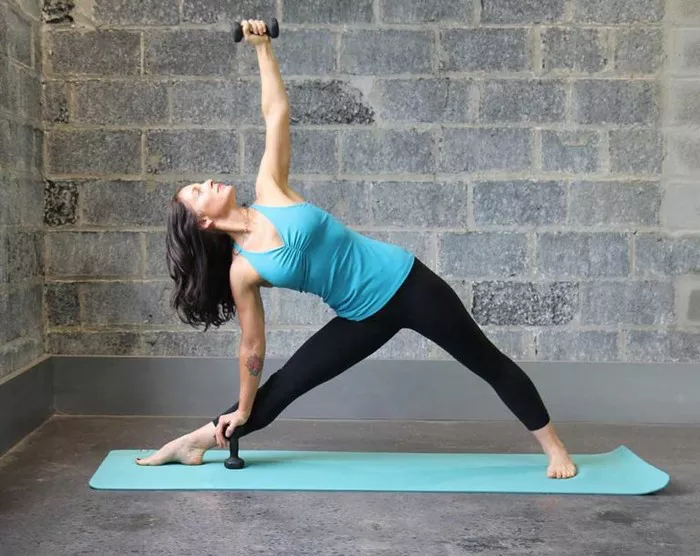Origins and Symbolism
Yoga, an ancient practice originating in India, encompasses a wide array of poses, each with its own symbolism and benefits. Among these poses, the Dog Pose, or Adho Mukha Svanasana, holds a significant place. Its roots trace back to Hatha Yoga, a branch of yoga that focuses on physical postures to balance the body and mind. The name itself, Adho Mukha Svanasana, derives from Sanskrit, with “Adho” meaning downward, “Mukha” meaning face, and “Svanasana” meaning dog pose. The pose mimics the posture of a dog stretching itself, creating a connection between human and animal movement.
Symbolically, the Dog Pose represents a blend of strength and surrender. In yogic philosophy, dogs are often associated with loyalty, protection, and devotion. This pose embodies these qualities, as it requires both muscular engagement and a sense of release. Additionally, the inverted position of the pose symbolizes a surrender to the force of gravity, inviting practitioners to let go of tension and find grounding in the present moment.
Physical and Mental Benefits
The Dog Pose offers a multitude of benefits for both the body and mind, making it a staple in yoga practices worldwide. Physically, the pose strengthens and stretches various muscle groups, including the arms, shoulders, hamstrings, calves, and spine. By lengthening the spine and opening the chest, it helps improve posture and relieve tension in the upper back and shoulders. Furthermore, the weight-bearing nature of the pose promotes bone density and enhances overall bone health.
On a mental level, practicing the Dog Pose can have a calming and energizing effect. The inversion aspect of the pose stimulates blood flow to the brain, increasing oxygenation and promoting mental clarity. This can help alleviate stress, anxiety, and fatigue, leaving practitioners feeling rejuvenated and focused. Additionally, the mindful awareness required to maintain proper alignment in the pose cultivates a sense of presence and concentration, fostering a deeper connection between body and mind.
Variations and Modifications
While the traditional Dog Pose is accessible to practitioners of all levels, variations and modifications can be introduced to tailor the pose to individual needs and abilities. Some common variations include:
1. Three-Legged Dog: From the traditional Dog Pose, lift one leg towards the sky, keeping the hips square. This variation adds an extra stretch to the hamstrings and hip flexors while engaging the core muscles for stability.
2. Puppy Pose: For those with limited flexibility or wrist issues, Puppy Pose offers a gentler alternative. Begin on hands and knees, then slowly walk the hands forward while lowering the chest towards the ground, keeping the hips above the knees. This variation provides a deep stretch to the spine and shoulders without placing excessive weight on the wrists.
3. Chair Dog Pose: Using a chair for support can make the pose more accessible for individuals with balance or stability concerns. Place the hands on the seat of the chair and step back to create a right angle with the body, maintaining a straight spine and engaged core. This modification allows practitioners to experience the benefits of the pose while reducing strain on the wrists and shoulders.
4. Wall Dog Pose: Practicing the pose against a wall can help align the body and provide support for proper form. Stand facing the wall and place the hands shoulder-width apart at chest height. Step back to create a right angle with the body, pressing the palms into the wall while engaging the core and lengthening the spine. This variation allows practitioners to focus on alignment and stability while building strength in the arms and shoulders.
Step-by-Step Instructions
To practice the traditional Dog Pose, follow these step-by-step instructions:
- Begin on hands and knees in a tabletop position, with wrists aligned under shoulders and knees under hips.
- Spread the fingers wide and press firmly into the mat to distribute weight evenly through the hands.
- Tuck the toes under and lift the hips towards the sky, straightening the arms and legs to form an inverted V shape.
- Engage the quadriceps to lift the thighs and lengthen the spine from the tailbone to the crown of the head.
- Press the heels towards the ground while keeping a slight bend in the knees to prevent hyperextension.
- Relax the neck and gaze towards the navel or between the feet, allowing the head to hang freely.
- Take several deep breaths in this position, focusing on elongating the spine with each inhale and releasing tension with each exhale.
- To release the pose, gently lower the knees to the mat and rest in Child’s Pose or transition to the next posture in your sequence.
Precautions and Contraindications
While the Dog Pose offers numerous benefits, it may not be suitable for everyone. Practitioners with the following conditions should exercise caution or avoid the pose altogether:
1. Wrist injuries: Individuals with wrist pain or carpal tunnel syndrome should be mindful of the pressure placed on the wrists in this pose. Modifications such as using blocks or practicing Puppy Pose can help alleviate discomfort.
2. High blood pressure: Inverted poses like the Dog Pose can temporarily increase blood pressure, so individuals with hypertension should practice with caution. Consider using props for support and avoid holding the pose for an extended period.
3. Pregnancy: Pregnant individuals should avoid deep inversions, including the traditional Dog Pose, especially during the second and third trimesters. Instead, opt for prenatal yoga poses that support and accommodate the changing needs of the body.
4. Recent shoulder or back injury: Those recovering from a shoulder or back injury should approach the pose with caution and may benefit from consulting with a healthcare provider or experienced yoga instructor for guidance on modifications.
Conclusion
Whether practiced as part of a dynamic flow or as a moment of stillness and reflection, the Dog Pose invites us to embody the qualities of loyalty, protection, and devotion symbolized by our canine companions. As we stretch towards the sky and ground ourselves in the present moment, may we find strength, serenity, and connection within ourselves and the world around us.
FAQs:
How long should you hold downward dog?
Downward dog is typically held for about 1 to 3 minutes, depending on your level of comfort and experience. Beginners may start with shorter holds and gradually increase the duration as they build strength and flexibility. It’s important to listen to your body and avoid holding the pose for too long, especially if you start to feel any discomfort or strain.
Is it OK to sleep during Savasana?
It’s not ideal to fall asleep during Savasana (Corpse Pose) as it’s meant to be a conscious relaxation practice to integrate the benefits of yoga practice. However, if you naturally drift off, it’s okay. The aim is to remain aware and present, observing the sensations in the body and the thoughts passing through the mind while allowing yourself to deeply relax.
What is the spiritual meaning of the downward dog?
In yoga philosophy, Downward Dog (Adho Mukha Svanasana) is often associated with grounding, introspection, and surrender. The pose symbolizes the connection between heaven and earth, as well as the balance between strength and surrender. It encourages practitioners to release tension in the spine, stretch the back body, and cultivate a sense of calm amidst effort. Spiritually, it can represent the journey of the practitioner towards self-awareness, humility, and surrender to the present moment.

